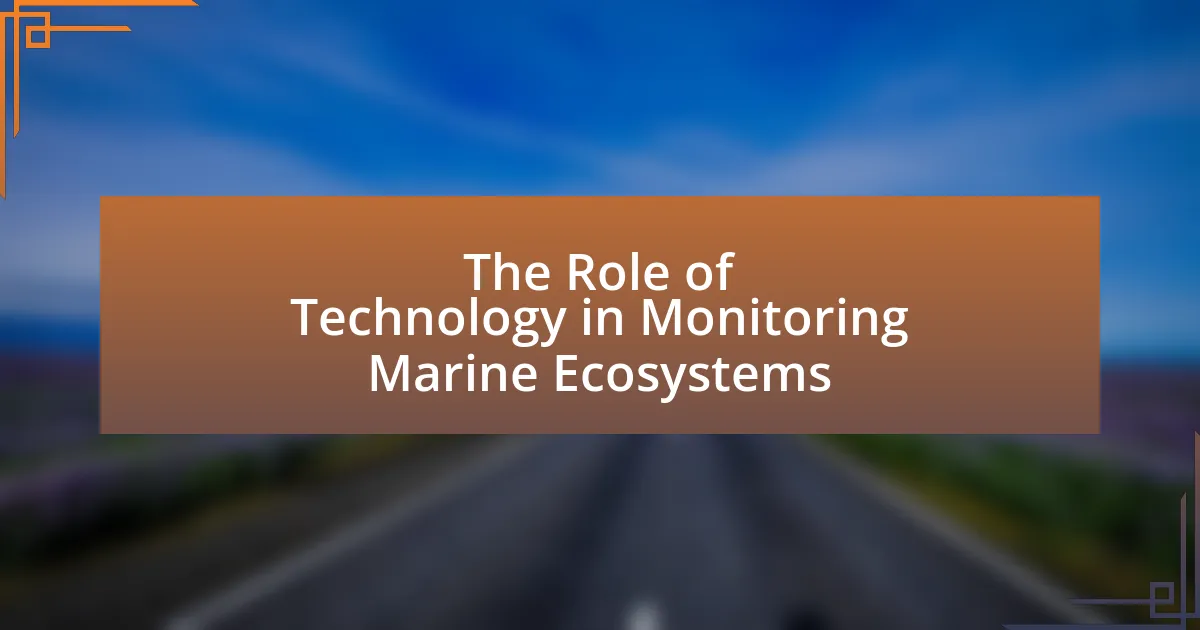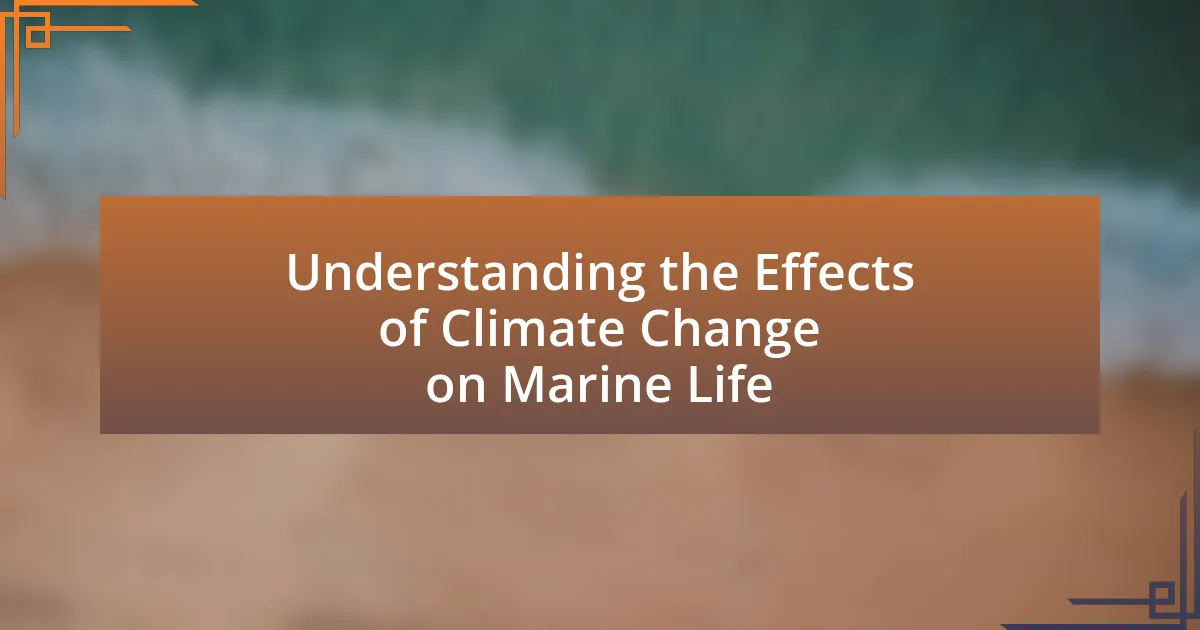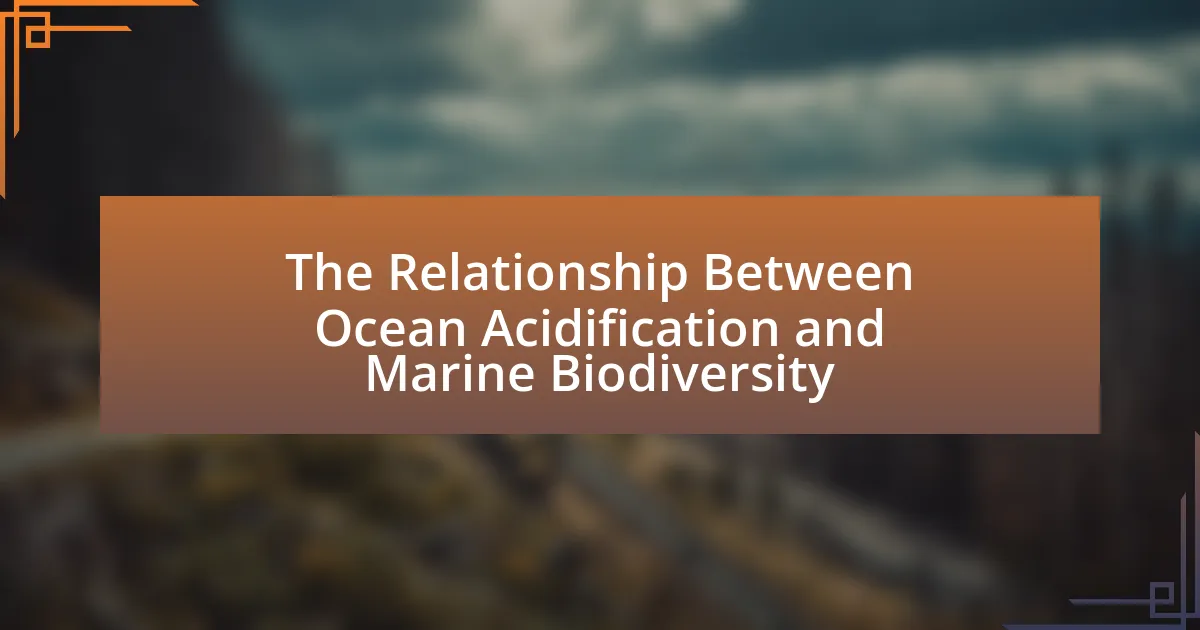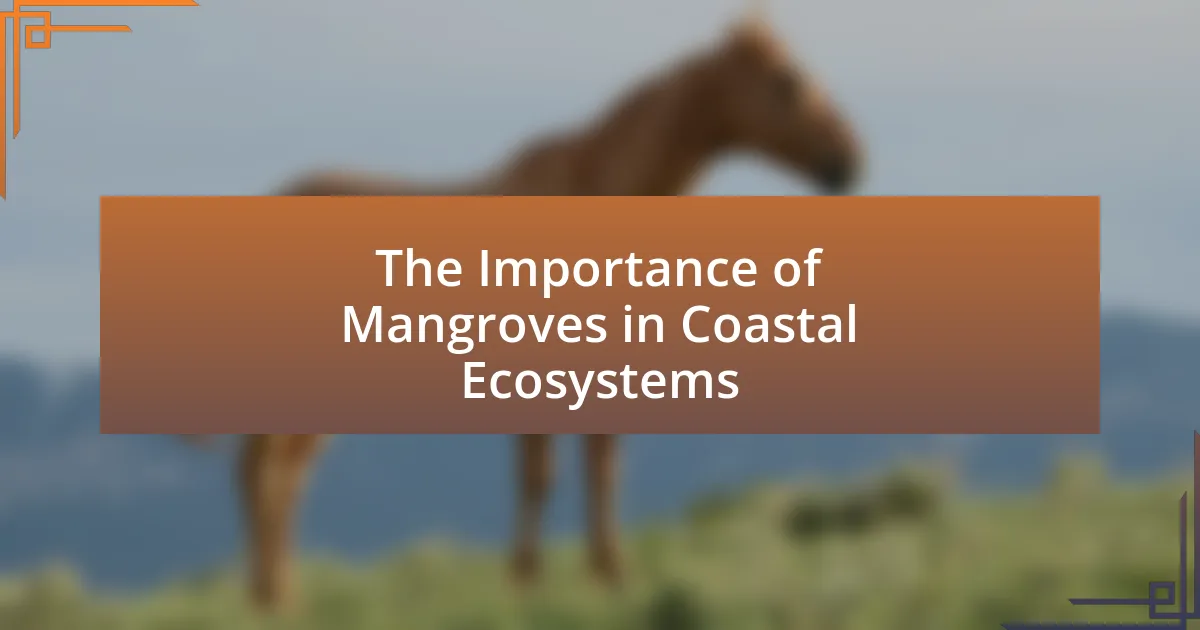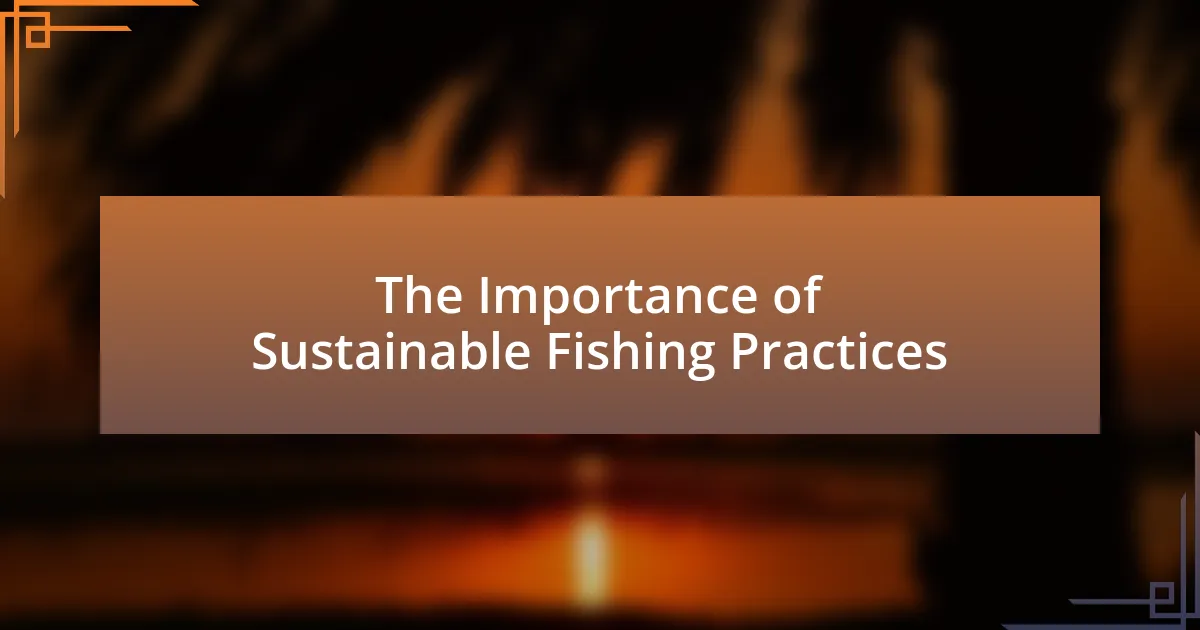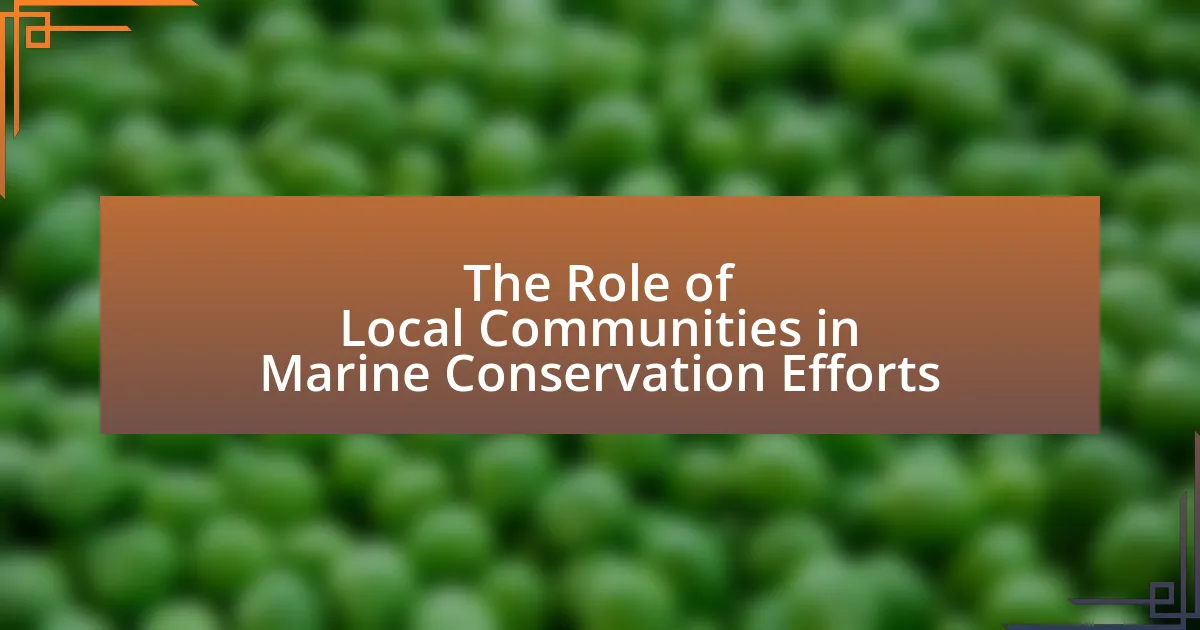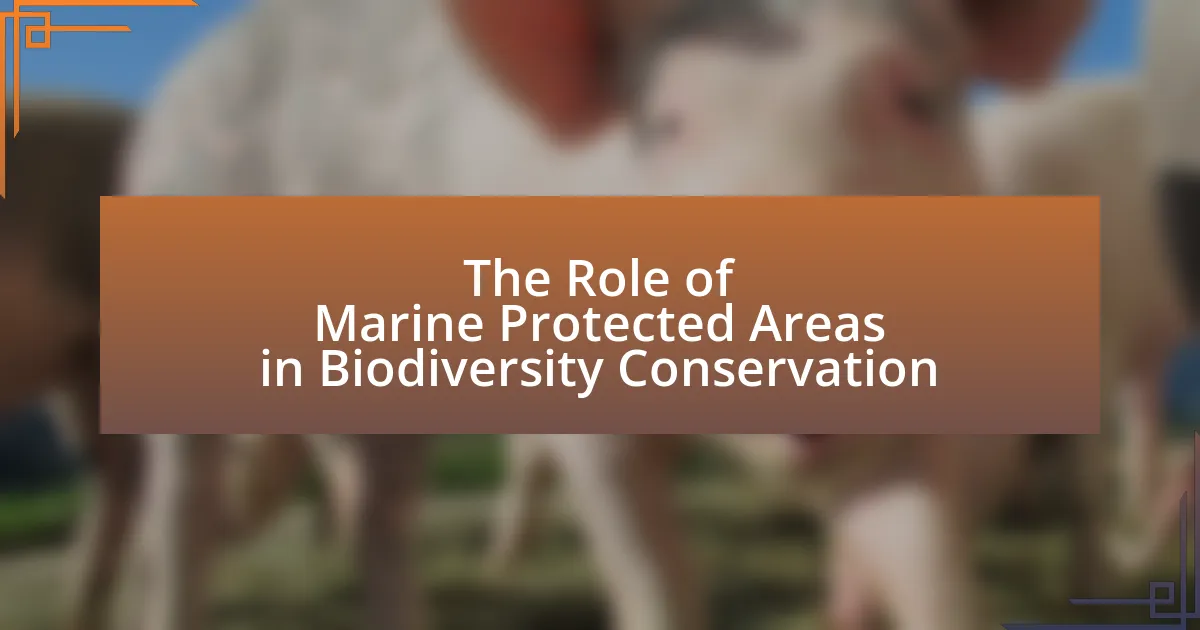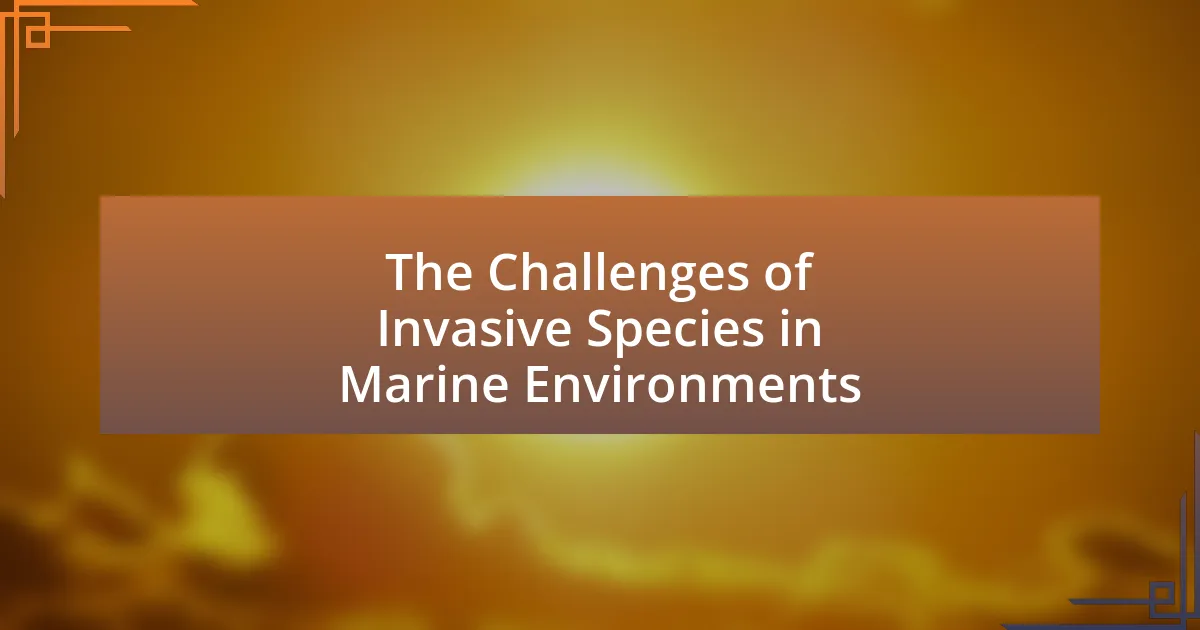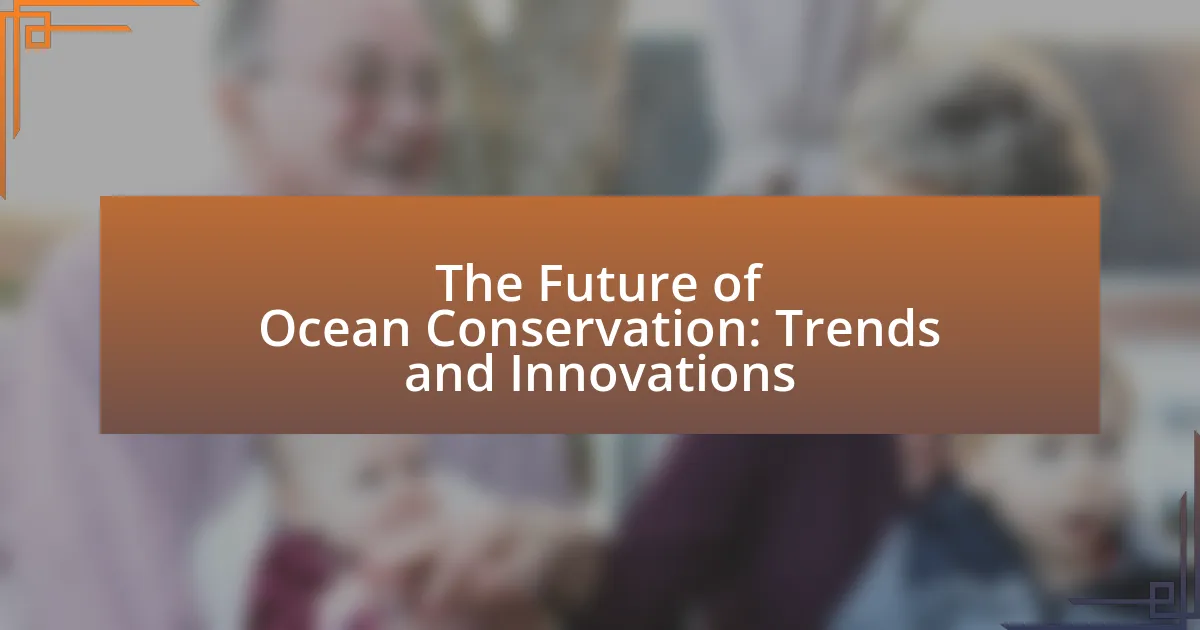Seagrass beds are vital underwater ecosystems formed by flowering plants in shallow marine waters, providing essential habitats for diverse marine life, including fish, invertebrates, and sea turtles. These ecosystems play…
Category: Habitat Protection
Welcome to the Habitat Protection category, where you’ll discover essential insights into preserving our planet’s diverse ecosystems. Here, we explore the vital importance of habitats for both wildlife and human communities. From forests and wetlands to oceans and grasslands, each article delves into the unique challenges these environments face. You’ll learn about the impacts of climate change, urban development, and pollution on natural spaces.
Our collection of articles also highlights effective strategies for conservation and restoration. You will find compelling stories of grassroots movements and successful initiatives that inspire hope. Learn how individuals and organizations are making a difference. Whether you are a newcomer to environmental issues or seeking to deepen your understanding, this category offers valuable knowledge and actionable ideas. Dive in and join the effort to safeguard our planet for future generations!
The Role of Technology in Monitoring Marine Ecosystems
The article focuses on the critical role of technology in monitoring marine ecosystems, highlighting advancements such as satellite remote sensing, autonomous underwater vehicles (AUVs), and environmental DNA (eDNA) analysis. It…
Understanding the Effects of Climate Change on Marine Life
The article focuses on the significant effects of climate change on marine life, highlighting how rising ocean temperatures, ocean acidification, and habitat loss disrupt ecosystems and threaten biodiversity. Key topics…
The Relationship Between Ocean Acidification and Marine Biodiversity
Ocean acidification is a significant environmental issue that adversely affects marine biodiversity by altering seawater chemistry, primarily through increased carbon dioxide levels. This phenomenon leads to lower pH levels, which…
The Importance of Mangroves in Coastal Ecosystems
Mangroves are coastal trees and shrubs that thrive in saline environments, primarily in tropical and subtropical regions. They are essential to coastal ecosystems, providing habitat for diverse species, stabilizing shorelines,…
The Importance of Sustainable Fishing Practices
Sustainable fishing practices are essential methods aimed at maintaining fish populations and marine ecosystems while minimizing environmental impact. This article outlines the significance of these practices in preventing overfishing, supporting…
The Role of Local Communities in Marine Conservation Efforts
Local communities are essential to marine conservation efforts, actively participating in the management and protection of marine resources. Their intimate knowledge of local ecosystems and sustainable practices often leads to…
The Role of Marine Protected Areas in Biodiversity Conservation
Marine Protected Areas (MPAs) are designated regions in marine environments aimed at conserving biodiversity and ecosystems by restricting human activities such as fishing and pollution. This article explores the significance…
The Challenges of Invasive Species in Marine Environments
Invasive species in marine environments are non-native organisms that disrupt local ecosystems and biodiversity, often leading to significant ecological and economic consequences. This article examines the pathways through which these…
The Future of Ocean Conservation: Trends and Innovations
The article focuses on the future of ocean conservation, highlighting current challenges such as overfishing, pollution, climate change, and habitat destruction. It examines the significant impacts of human activities on…

